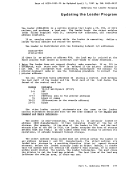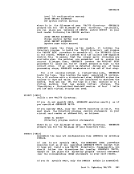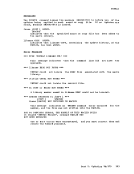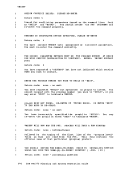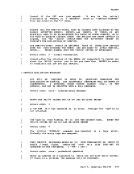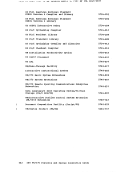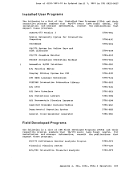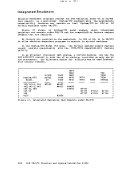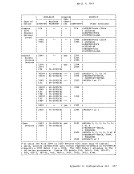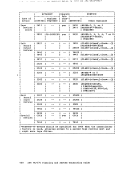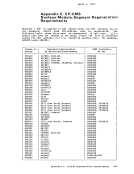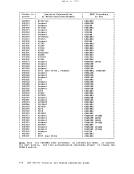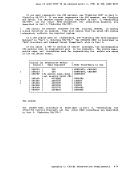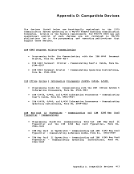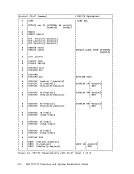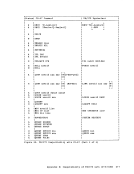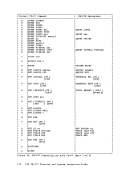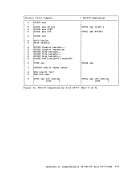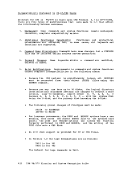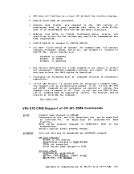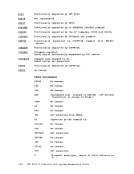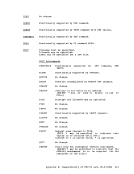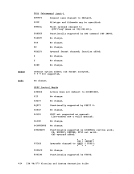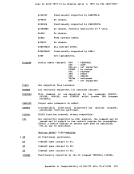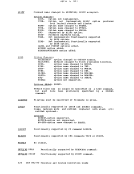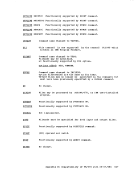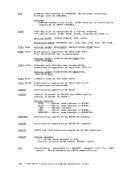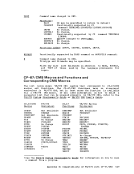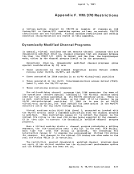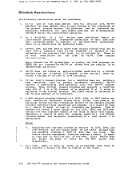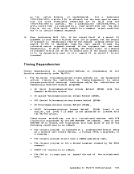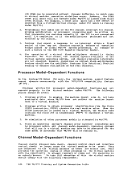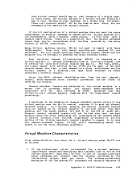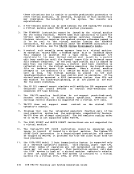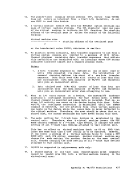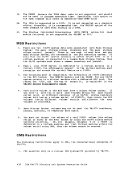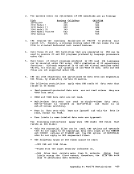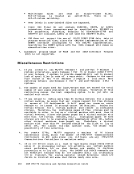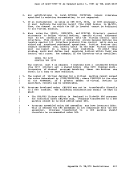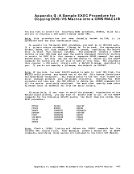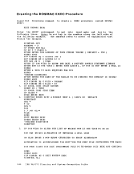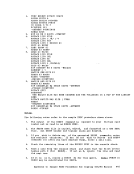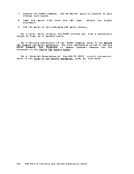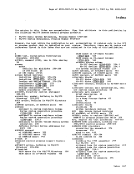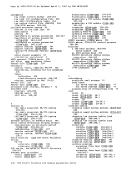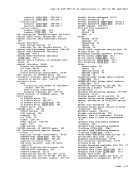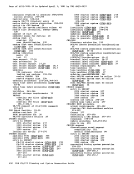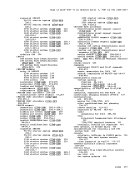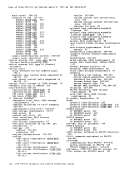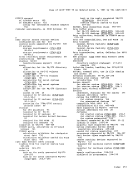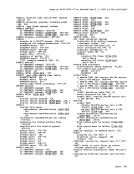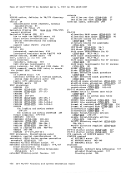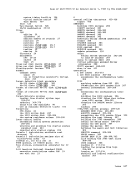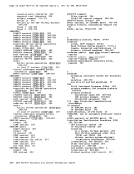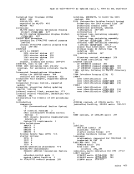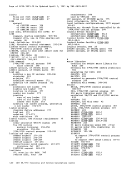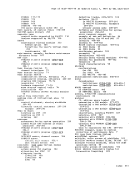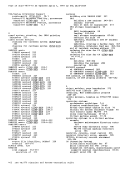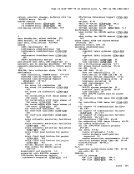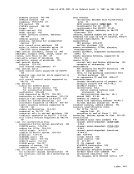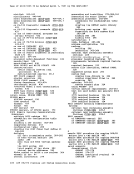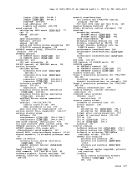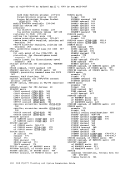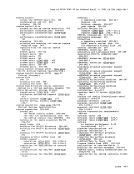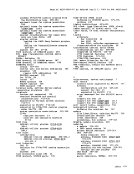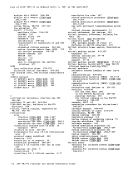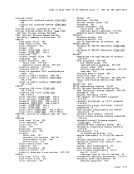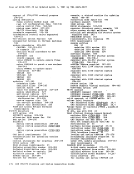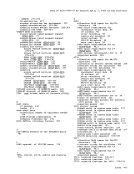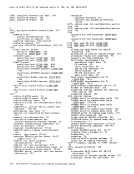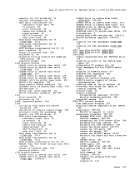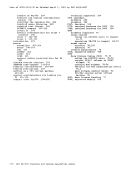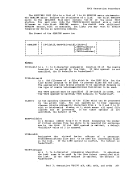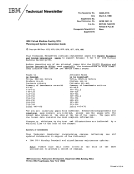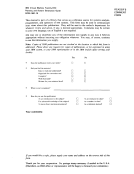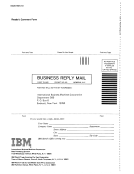April 1, 1981 Updating CMS If you do not enter "yes" or "no," the message DMSINI081E INVALID REPLY - ANSWER "YES" OR "NO" is issued. Message DMSINI610R is reissued so that you can
enter a valid response.
If your response is valid, messageDMSINI611R is issued. DMSINI611R VERSION IDENTIFICATION =
Enter up to 32 bytes of information, including blanks, to
specifically identify the version and· level ofCMS; this
information is printed each time youIPL the crtSsystem now being
generated. The default identification(specified by a carrier
return) is:CMS VERSION n.n -mm/dd/yy
where n.n is the version and level ofCMS, and mm/dd/yy is the
month, day andyear the CMS nucleus was created. DMSINI612R INSTALLATION HEADING =
Enter up to 64 bytes of information, including blanks, to serve as
an installation standard beading at the beginning of each output
file. The default heading (specified by a carrier return) is:CONVERSATIONAL MONITOR SYSTEM The nucleus is then written on the specified disk cylirider and the
version identification is displayed, indicating that theCMS system is
loaded successfully and is ready to acceptCMS commands. You can use this copy of CMS to test updates and changes, including
changes toCMS modules that you may have made with the CMSGEND EXEC. Before you test the CMS system, you can create a disk file from the CMS nucleus and the nucleus load map:
spool rdr nohold
close prt
close rdrPRT FILE 0342 TO MAINT COpy 01 NOROLD Now you can read a copy of the CMS nucleus onto disk:
read cmsnuc nucleus a1
and read a copy of theCMS load map:
read cmsnuc loadmap a1RECORD LENGTH IS '132' BYTES. You now have two CMS files on your 191 disk: CMSNUC NUCLEUS, which
contains theeMS nucleus created above, and CMSNUC LOADMAP, the load map
for this nucleus.
After you test the neweMS nucleus on 390, and you are satisfied that
it is all right, you can use the disk file to create the new nucleus on
the system disk(190). Part 5. Updating VM/370 355
enter a valid response.
If your response is valid, message
Enter up to 32 bytes of information, including blanks, to
specifically identify the version and· level of
information is printed each time you
generated. The default identification
return) is:
where n.n is the version and level of
month, day and
Enter up to 64 bytes of information, including blanks, to serve as
an installation standard beading at the beginning of each output
file. The default heading (specified by a carrier return) is:
version identification is displayed, indicating that the
loaded successfully and is ready to accept
changes to
spool rdr nohold
close prt
close rdr
read cmsnuc nucleus a1
and read a copy of the
read cmsnuc loadmap a1
contains the
for this nucleus.
After you test the new
it is all right, you can use the disk file to create the new nucleus on
the system disk





















































































































































































































































































































































































































